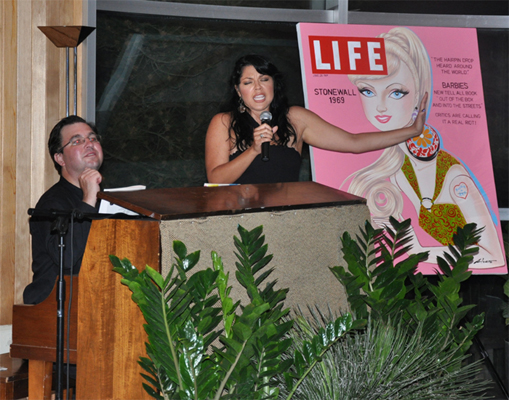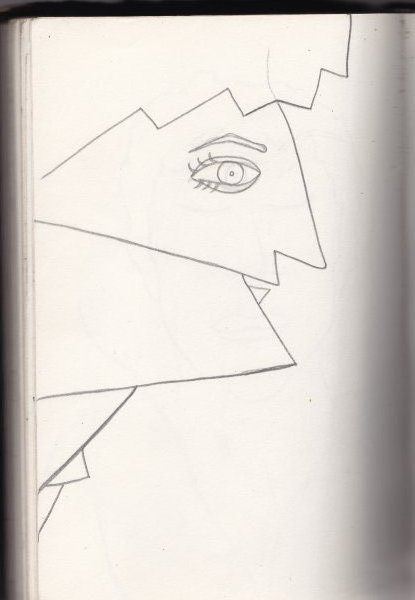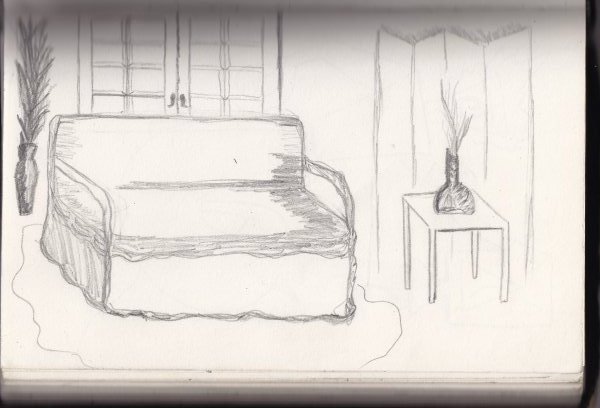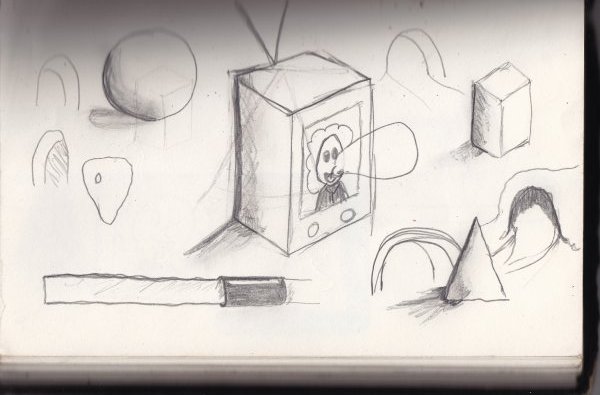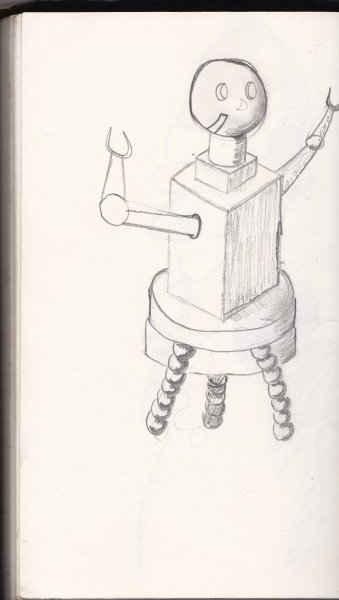Medical technology has made giant strides in liver healthcare with a remarkable milestone: a multidisciplinary team of experts from Liver4Life in Zurich succeeded in a world’s first — namely, the treatment of an injured human liver for three days outside of its originating body; followed by the transplantation of the recovered liver into a cancer patient. A year after the liver’s transplant into its new host, Liver4Life reports that the patient is doing well.
Liver4Life was launched in 2015, bringing together a highly specialized team of medical professionals, biologists, and engineers who developed a perfusion machine, which made it possible to implant a human organ into a patient — even after the organ is stored outside a body for three days. Conventional technology allows the storage of human organs for up to 12 hours only. This new perfusion machine, however, extends storage time much longer with its advanced features that accurately mimic the human body, thereby providing ideal conditions for the human liver to thrive. It has a pump that functions as the human heart, an oxygenator that replaces the lungs, and a dialysis unit that functions as the kidneys. It also infuses various hormones and nutrients to mimic the work of the intestines and the pancreas. The perfusion machine also moves the liver to the rhythm of human breathing, mimicking the movement of the diaphragm.
In 2021, Liver4Life demonstrated the full capability of the perfusion machine with its first attempt to treat and store a human liver outside of a human body. The liver they tested had suffered from injuries and was not approved for transplantation due to its poor quality. Using the perfusion machine, however, the team at Zurich prepared the liver for three days using various drugs and hormonal therapies to repair damaged tissues. The treated liver was then transplanted into a cancer patient who was on a liver transplant waiting list and had consented to receive the treated human liver that, prior, had been compromised. Over a year after the transplant, the patient is healthy and happy with this new lease on life.
“Our therapy shows that by treating livers in the perfusion machine, it is possible to alleviate the lack of functioning human organs, and [therefore] save lives,” explains Prof. Pierre-Alain Clavien, the Director of the Department of Visceral Surgery and Transplantation at the University Hospital Zurich (USZ). Prof. Mark Tibbitt, Professor of Macromolecular Engineering at ETH Zurich, adds: “The interdisciplinary approach to solving complex biomedical challenges embodied in this project is the future of medicine. This will allow us to use new findings even more quickly for treating patients.”
As of 2021, over 9,236 hopeful-recipients have been on the liver transplant waiting list in the United States. Unfortunately, the number of people waiting for a liver transplant greatly exceeds the number of available deceased-donor livers. Living-donor liver transplant is possible, but it comes with a lot of risks that may further complicate the existing liver damage. This promising new technology offers hope for many who are relying on a liver transplant to live.
As for Liver4Life, the next step is to review the procedure on other patients, and to conduct a multi-center study to investigate its efficacy and safety. The team is also developing the next generation of machines, while simultaneously looking into ways of treating other liver diseases outside the body, with drugs, molecules, or hormones.
As we salute these experts and their impressive advances in creating groundbreaking life-changing technology, let’s be sure to do our part in practicing self-care and learning more about liver health. Screen. Vaccinate. Don’t Hesitate.
Read more about this study here
To learn more about liver diseases and treatment, visit our blog





















